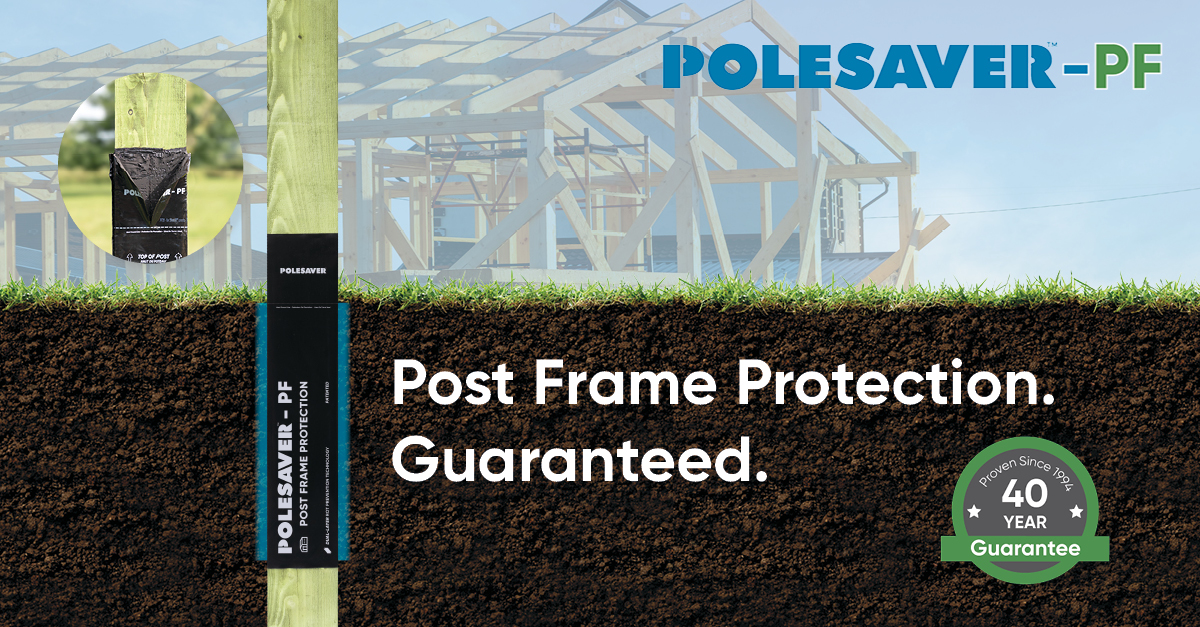Menu ☰

Understanding the Hidden Problem in Post-Frame Construction
When thinking about the life of a building, most of you will picture roofing, siding or the interior finishes wearing down over time. In post-frame construction, the weakest point is what the human eye cannot see, the part of the wooden pole that is buried in the ground. Wooden posts may look sturdy above the ground, but at the ground-line level they are under constant attack from moisture, fungi, insects, and oxygen. This is also the level that is considered to be the “rot zone” being where most of the structural failures start to begin.
What's Really Happening Underground?
The science of rot starts with constant moisture exposure. Rainwater, irrigation, and groundwater are all things that soak into the soil. The groundline section of the post absorbs the moisture repeatedly which means the soil stays damp long after the surface is dry. Oxygen + Fungi = Decay. Fungi just needs three things to thrive. Those three things are food which in this case would be the wooden post, oxygen and water. At the ground line, all three of these things are abundantly present. The post is essentially a buffet for the decaying organisms. The soil expands and contracts as the seasons change. This natural movement stresses the wood fibers and creates micro-cracks, which let in more water and accelerate the fungi attack. There is also something called chemical leaching underground. Even when treated, preservative chemicals can slowly leach out of the wood at the soil line. Once that protective barrier weakens, the post is far more vulnerable.
Why Is the Ground Line the Weakest Point?
It is very easy to assume that a wooden post buried in the ground is always protected since most of it is underground but, in the reality, the opposite is true. Studies have shown that the majority of post failures occur within a foot above or below the ground line and this is why. Too Deep in the soil and the oxygen is limited which slows down the rot. Above Ground the post can dry out very quickly. At the Surface/Ground Line you get the worst of both worlds: the moisture cycling in and out, the present oxygen, and fungi thriving.
Cost of Ignoring Pole Rot
Rot is a slow problem, but once it starts, the damage accelerates with many risks. Buildings lean and collapse when posts lose strength causing structural instability. Repairs can be very expensive, replacing rotting posts means major excavation, jacking up structures, or even sometimes rebuilding the structure entirely. The post-frame building will have a shortened lifespan, a building that was designed to last a decade might fail in just 10-15 years if rot sets in. Pole rot is a hidden liability, often not being able to notice the problem until the post is already dangerously compromised.
How to Stop Rot Before it Starts
Wood preservatives do extend pole life, but are not foolproof. Over time water still will penetrate the surface, preservatives can leach out at the ground line, and microorganisms adapt and eventually overcome the weakened post protection. If the ground line is the largest problem of post-frame construction, the solution is simple in theory. Stop the moisture, oxygen, and fungi from ever reaching the vulnerable zone of the wooden post. The exact role of Polesaver-PF.
Introducing Polesaver-PF: A Proven Barrier Against Rot
Polesaver-PF is a dual-layer sleeve designed to wrap the ground-line section of a post. Once heated into place, it bonds permanently to the wooden post, forming an air and watertight seal. There are two major things that Polesaver-PF does. Keeps destructive agents out making sure that moisture, oxygen, and fungi can not penetrate. Keeps preservative in, protective treatments remain locked inside the wood, right where they are needed the most. Polesaver-PF has a thermoplastic outer shell for strength, plus a meltable bitumen inner layer that will bond to the post surface when applied. Based on 25+ years of global use in protecting utility poles, this product has been specifically adapted to work for post-frame construction. Backed by a 40-year rot protection warranty when installed correctly. The product is very simple to apply, just wrap, heat and seal on site or at the lumber yard.
Building Confidence into Every Structure
Instead of worrying about how long treated posts will hold up, Polesaver-PF gives builders and property owners peace of mind from the start of installation. It shifts the conversation from reactive repairs to preventive protection – ensuring that post-frame buildings last for generations. Pole rot is one of the most common and costly issues in post-frame construction, but it isn’t inevitable. By addressing the problem at its source – the ground line – you can protect your investment, extend post-frame building life, and avoid any future headaches. Polesaver-PF turns the weakest point of your structure into one of its strongest.
